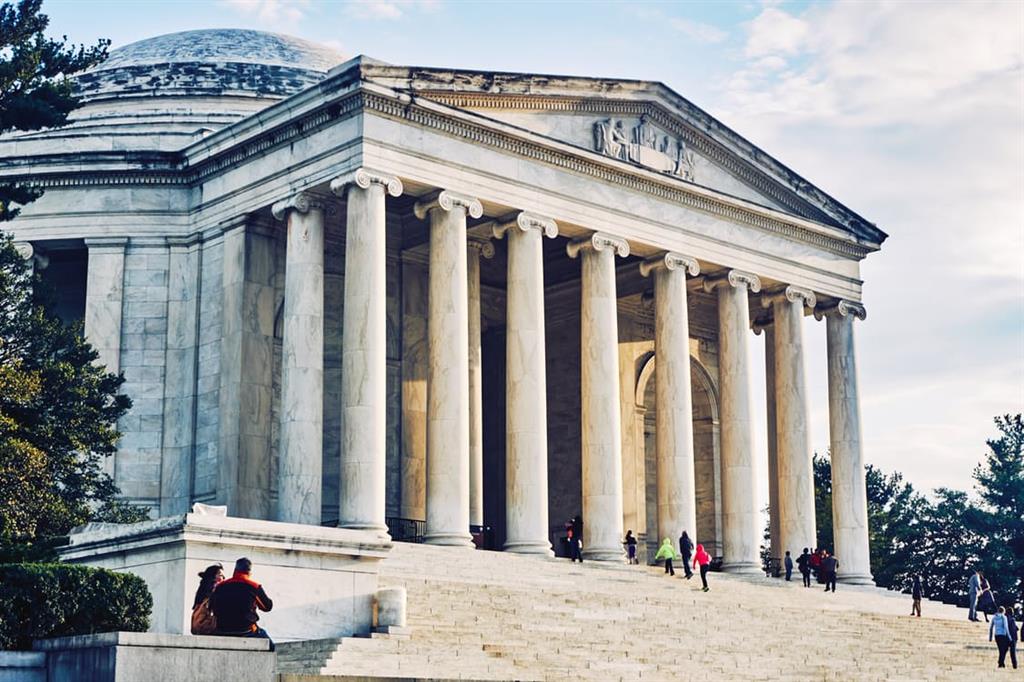Q. I have 10 cardboard photos of family portraits dating between 1880 and 1890 that I took to Wal-Mart to make copies on the photocopy machine. But the clerk there told me I wasn’t allowed to make prints or copies because they were professional photos and because of copyright laws. I’ve previously taken a couple of them to studios and had negatives and prints made with no problems. There are no copyright symbols on any of the photos and they’re well over 100 years old. Was the clerk right? What are the laws concerning copyrights and antique photos?
A. This is an important question. As many people develop their family histories, they’re collecting documents of all sorts, with photographs and letters being of the utmost importance. Photographs, letters and other documents are of course subject to copyright laws. Copyright law protects exactly what it says: the right to make copies. Copies can come in many different forms, such as direct photocopying of the works, having pictures reproduced, creating other products with the image on them, even e-mailing or posting on a Web site. Whether on paper or electronic, all are considered making copies and may not be done without the permission of the copyright owner unless what you are doing is deemed a “fair use.”
Under current American law, copyright belongs to the creator of the work—the photographer, artist, letter writer, author, etc.—for the life of the creator plus 70 years. If a work was created in the scope of someone’s employment, the company is considered the owner and the copyright lasts for a total of 95 years. Copyright law has changed in the last few decades and this duration has been extended. The copyright used to extend for 28 years and be renewable for another 28 years. That all changed on July 1, 1978. If a work was already in the public domain on that date, however, the copyright was still lost. If a work was still under copyright at that time, the new longer term automatically applied.
What that all adds up to is that works published in the United States before 1923 are in the public domain and may be freely copied. Unpublished works created before Jan. 1, 1978, are protected until Dec. 31, 2002 or the life of the creator plus 70 years, whichever is later. A work is considered “published” when copies are made available to the general public. There have been a number of lawsuits regarding the ownership of copyrights in famous people’s letters. The people who held the physical letters wanted to publish them and as a result came into conflict with the author or the author’s heirs. Generally, the cases have come down to respecting the rights of the authors and have precluded even historians from copying or publishing the letters. Courts have allowed the facts to be extracted and a few quotes, but no more.
The principle of “fair use” does allow individuals to reproduce items even though they are protected by copyright. But this is a very complicated area of law. The courts generally look to four criteria:
- the nature and character of the work (if it’s a news story that’s mostly facts vs. something creative, such as a painting, poem, letter or photograph)
- the nature of the use, whether it’s for commercial or non-profit educational use
- the amount of the work being copied
- the financial impact of the copies on the market for the original.
Photographs and letters are creative works and that would weigh against a fair use finding. If you’re reproducing the entire letter or the entire photograph rather than just a small portion, that again goes against a fair use argument. If you’re making these copies purely for your own personal use, however, rather than to exploit them in any kind of commercial manner, that weighs in favor of fair use. The final factor, generally considered most important by the courts, is what impact, if any, your use has on the marketability of the underlying work.
As to the specific questions, without knowing if the photos were published and when the photographer died it’s impossible to say if the photos are still under copyright protection or in the public domain. But, all things being equal, a copy of the photo for one’s own personal genealogical use will probably be considered a fair use.




